
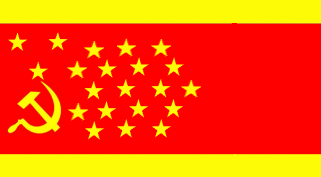
![]() by Crysuko » Sun May 23, 2021 9:04 am
by Crysuko » Sun May 23, 2021 9:04 am
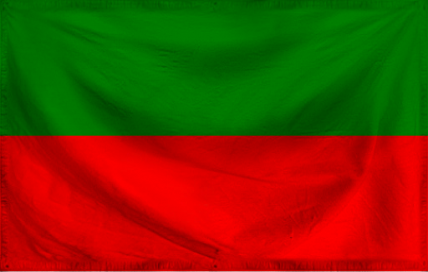
![]() by The Imagination Animals » Sun May 23, 2021 3:46 pm
by The Imagination Animals » Sun May 23, 2021 3:46 pm
-----------
-----------
NEWS :: Rostam Hinzarty, member of the Crossoverian Law House, is let out of Esteqlal Hospital having been permanently changed into an anthro wild dog | Boris Anderson announces his run for President of Crossoveria with the Zola Party

![]() by Chiloshia » Sun May 23, 2021 5:28 pm
by Chiloshia » Sun May 23, 2021 5:28 pm

![]() by Zhouran » Sun May 23, 2021 6:58 pm
by Zhouran » Sun May 23, 2021 6:58 pm
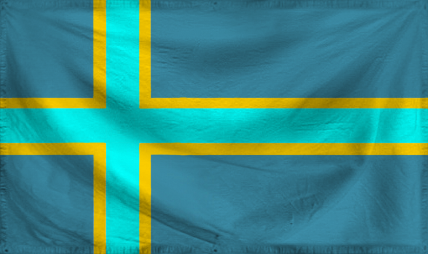
![]() by Indian Empire » Mon May 24, 2021 12:22 am
by Indian Empire » Mon May 24, 2021 12:22 am

![]() by Sherechia » Mon May 24, 2021 3:34 am
by Sherechia » Mon May 24, 2021 3:34 am

![]() by Pulsroth » Mon May 24, 2021 11:41 am
by Pulsroth » Mon May 24, 2021 11:41 am

![]() by New Jeromia » Tue May 25, 2021 9:34 pm
by New Jeromia » Tue May 25, 2021 9:34 pm

![]() by Arthropol » Wed May 26, 2021 7:28 pm
by Arthropol » Wed May 26, 2021 7:28 pm

![]() by Joija » Thu May 27, 2021 12:57 pm
by Joija » Thu May 27, 2021 12:57 pm
Funderland Helsberg suffers first fatal accident in 14 years / 2.1m Joijans test positive for COVID / Man arrested for looking at more people 'menacingly'

![]() by Imarssia » Thu May 27, 2021 11:51 pm
by Imarssia » Thu May 27, 2021 11:51 pm
An Asian island nation inhabited by Brits & Germans with a large minority of Japanese. Features elements of Prussian culture. Politically aligned to the US, Australia, & Japan against China. Very hot & Humid climate: Huge biodiversity. | A British dude in Uni studying Games development - Likes Programming - Fan of Stonks - Libright - I will not eat the bugs |
|

![]() by Cascadian Rouge » Fri May 28, 2021 12:05 am
by Cascadian Rouge » Fri May 28, 2021 12:05 am

![]() by Tylastrona » Fri May 28, 2021 8:26 am
by Tylastrona » Fri May 28, 2021 8:26 am

![]() by Syndic Australia » Wed Jun 02, 2021 3:05 pm
by Syndic Australia » Wed Jun 02, 2021 3:05 pm
January 27° - The 2025 Federal Election season has begun! Initial three-party preferred polls put the I.S.P. ahead at 37%, followed by the Country Party at 34%, then Labor at 29%.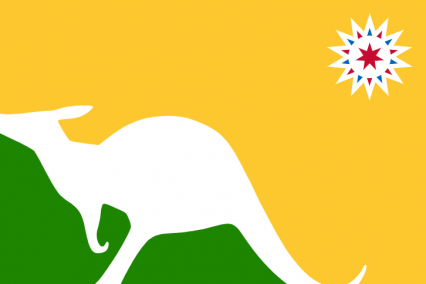
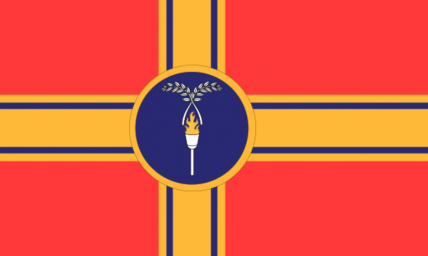
![]() by Wochaystein » Sun Nov 21, 2021 3:43 pm
by Wochaystein » Sun Nov 21, 2021 3:43 pm
Wochaystein wrote:Does your nation allow for privately owned vehicles?: Yes
If yes, is it common to own a car or other vehicle?: Yes
Does your nation have a road system in place?: Yes
If yes, what is its quality?: Poor (relative to the rest of Diarcesia)
Does your nation operate any public bus lines?: Yes
If yes, are they a controversy in your nation?: No
What is the quality of these lines (if they exist)?: Bad (relatively)
Does your nation contain or allow for private transport companies to operate busses or other motor vehicles?: No
What powers motor vehicles in your nation? Select all that apply and feel free to elaborate:
Gasoline/petrochemichals: Yes
Hybrid: Yes
Electric: Yes
Hydrogen fuel: Yes
Natural gas: Yes
Diesel: Yes
Other (please specify):
...
Does your nation have a railway system?: Yes
If yes, what is its quality?: Good
Is rail controversial? Yes
Is the rail system (if it exists) state-run, privatized, or operated by both government and private companies?: State-run
Do Amy cities in your nation operate any high-speed rail line(s)?: No
If yes, is it government run, privatized, or mixed government and private operation?:
What is the quality of the high-speed rail system? (If it exists):
Is high speed rail controversial in your nation?: Yes
is high speed rail used exclusively any specific groups? (Wealthy, government, military personnel, etc.): N/A
What is rail used for in your nation? (if it exists): Passengers
What powers your nation's rail system? (Feel free to select all that apply and elaborate if desired)
Gasoline/petrochemicals: No
Hybrid: No
Electric: Yes
Hydrogen fuel: No
Natural gas: No
Diesel: No
Other (please specify)
Does your nation have air travel services?: Yes
Is air travel controversial?: Yes
What is the quality of air travel in your nation?: Excellent
Are citizens allowed to own aircraft in your nation?: Yes
Is air travel privatized or government owned?: Government-owned
Are commercial airlines allowed to use your nations airspace?: Yes
Are private pilots allowed to use your nation's airspace?: Yes
What powers aircraft in your nation?: Petrochemicals
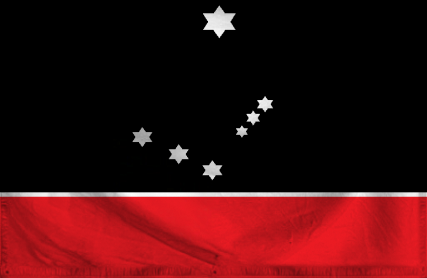
![]() by Tangatarehua » Sun Nov 21, 2021 9:43 pm
by Tangatarehua » Sun Nov 21, 2021 9:43 pm
18 March 2024
News: Popular author Ariki Rawhiti Rakau dies aged 58 | Conservative MP says children should be banned from purchasing alcohol | Unemployment rises while interest rates continue to climb | Weather: Tamaki ☁ 24°C | Whakaara ☀ 16°C | Wharekorana ☀ 17°C | Kaiika ☁ϟ☁ 28°C | Kotiropai ☂⛆ 21°C | Rakipa ☀ 27°C | Kaitohura ☀ 18°C

![]() by Ko-oren » Sun Nov 28, 2021 8:12 am
by Ko-oren » Sun Nov 28, 2021 8:12 am

![]() by Deutschen Kaiserreichs » Sun Nov 28, 2021 12:14 pm
by Deutschen Kaiserreichs » Sun Nov 28, 2021 12:14 pm

![]() by Sandalos » Sun Nov 28, 2021 12:19 pm
by Sandalos » Sun Nov 28, 2021 12:19 pm

![]() by -Azteca Mexico » Sun Nov 28, 2021 12:32 pm
by -Azteca Mexico » Sun Nov 28, 2021 12:32 pm

![]() by Wrengoh » Sun Nov 28, 2021 8:44 pm
by Wrengoh » Sun Nov 28, 2021 8:44 pm
Advertisement
Return to Factbooks and National Information
Users browsing this forum: Navarla
Advertisement